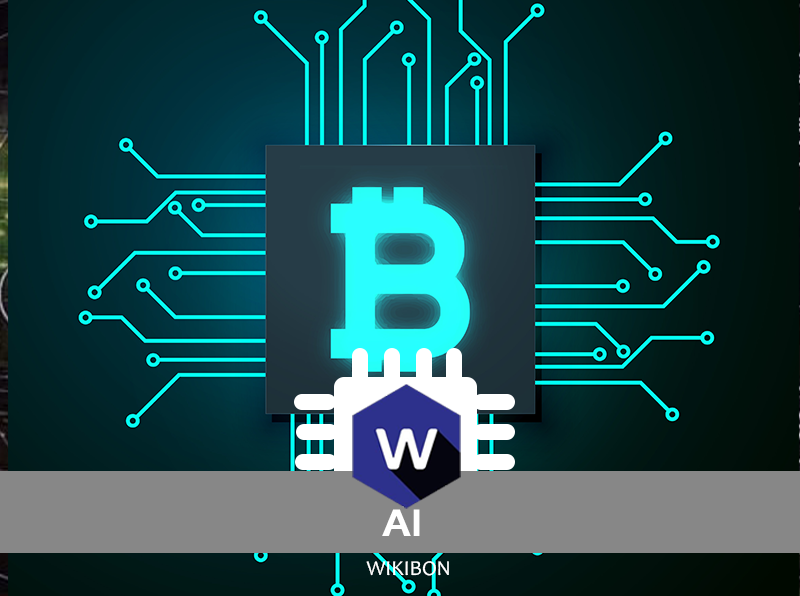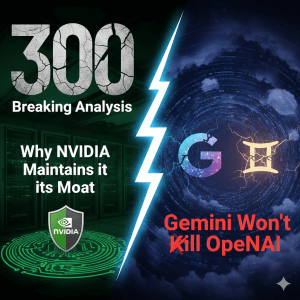
Graphics processing units (GPUs) are the computational lifeblood of three largely non-overlapping solution segments: artificial intelligence (AI), gaming, and cryptocurrencies.
What happens if demand in one of those segments surges and totally consumes the available GPU supply? Clearly, basic economics demonstrates that the price of GPUs in all segments will skyrocket. To the extent that feasible GPUs substitutes exist in any of the segments, those will become more attractive. To the extent that alternatives become entrenched in those other segments during those windows of time, the underlying demand for GPUs in those segments may never return to presurge levels.
As the cryptocurrency mania has mounted over the past year, the GPU market has been racing as fast as possible to supply miners with the hardware they need to solve the requisite crypto problems. As this article notes, Nvidia has been one of the prime beneficiaries in the boom of GPU sales over the past couple of years to address insatiable demand among cryptocurrency miners. However, ongoing volatility in the underlying demand for cryptocurrencies may have caught up with the GPU market, causing many observers to predict that miners will sharply throttle back their demand for the hardware.
At GTC 2018 this week, it will be interesting to see whether NVIDIA in fact, as rumored, delays its next GPU product release to the summer. It’s been said that this release is focused on cryptocurrency mining. That’s proving problematic in a market where regulatory risks and restrictions are increasing around the world, prices for the currencies have become so volatile that investors are having second thoughts, and derivative phenomena such as Initial Coin Offerings show signs of moving into fad territory.
It may be fruitless for NVIDIA and AMD, the principal GPU vendors, to expect gaming customers to absorb much of the demand that they’ve come to expect from compute-hungry mining companies. Besides, the prices for GPUs in the consumer-focused market tend toward the rock-bottom commodity level, which would deprive the vendors of the healthy margins they’ve come to expect from the mining segment.
Though AI may appear to be solid third segment for NVIDIA to position its rumored new GPU product into, that market has begun to dissipate as the range of attractive non-GPU hardware offerings—including tensorcore process units, neuromorphic devices, and other low-cost, high-density AI-computing architectures—begin to flood the market. The fact that GPUs have been an expensive computing substrate for AI, due in part to their concurrent high demand levels in the cryptocurrency and gaming markets, has further spurred customers to look for low-cost high-performance alternatives.
Even if the cryptocurrency market picks up, the growing range of rival ASIC hardware architectures may make it difficult for NVIDIA to restore the GPU to its glory days in this segment going forward. As this article today on CNBC notes, China’s Bitmain dominates the Bitcoin segment with its specialized ASIC chips, which it claims are “more efficient at mining than graphic chips from AMD and NVIDIA.”
All of this suggests that the GPU market’s best days are rapidly receding. Is NVIDIA’s Jen-Hsun Huang kidding himself when he states the cryptocurrency market, as a sponge for absorbing GPU demand, is “not going to go away?” It would seem so.
For a quick peek back at recent times when GPUs still ruled the AI hardware roost, here’s an interview with NVIDIA’s Jim McHugh on theCUBE at Big Data NYC in 2016.


